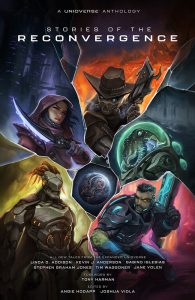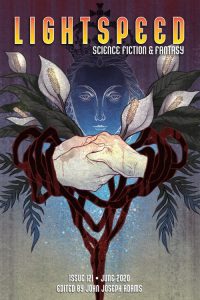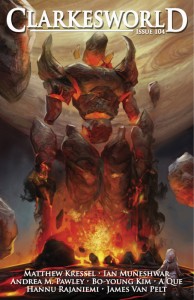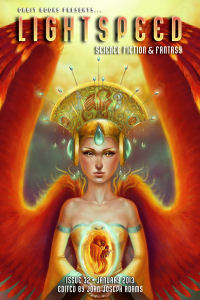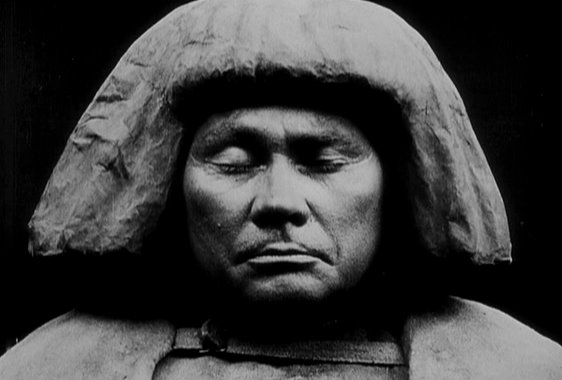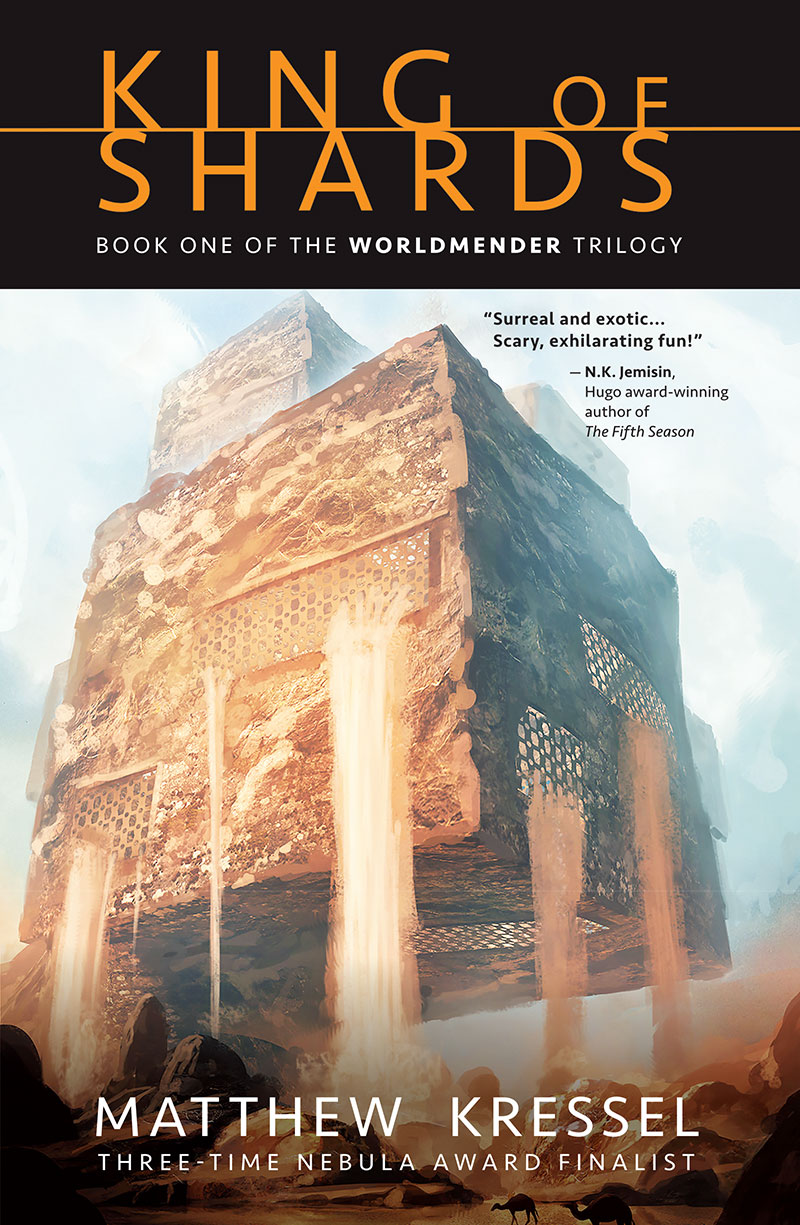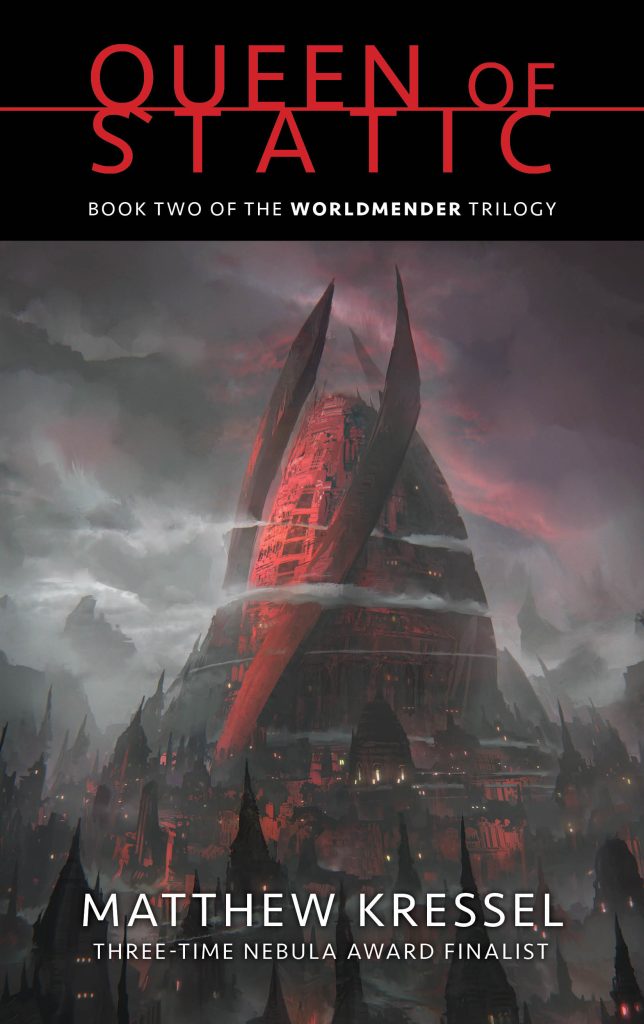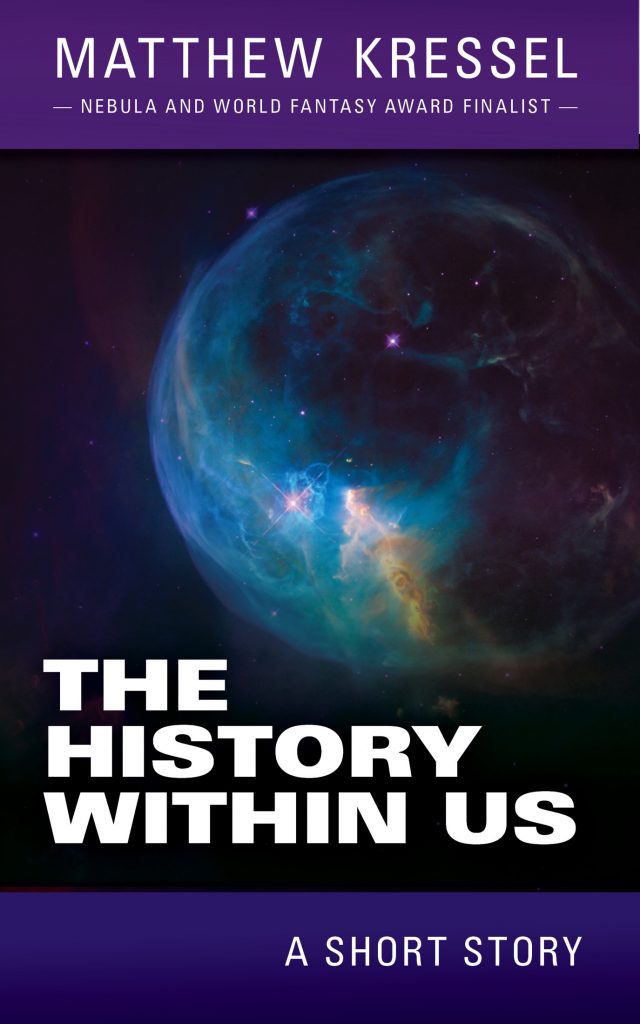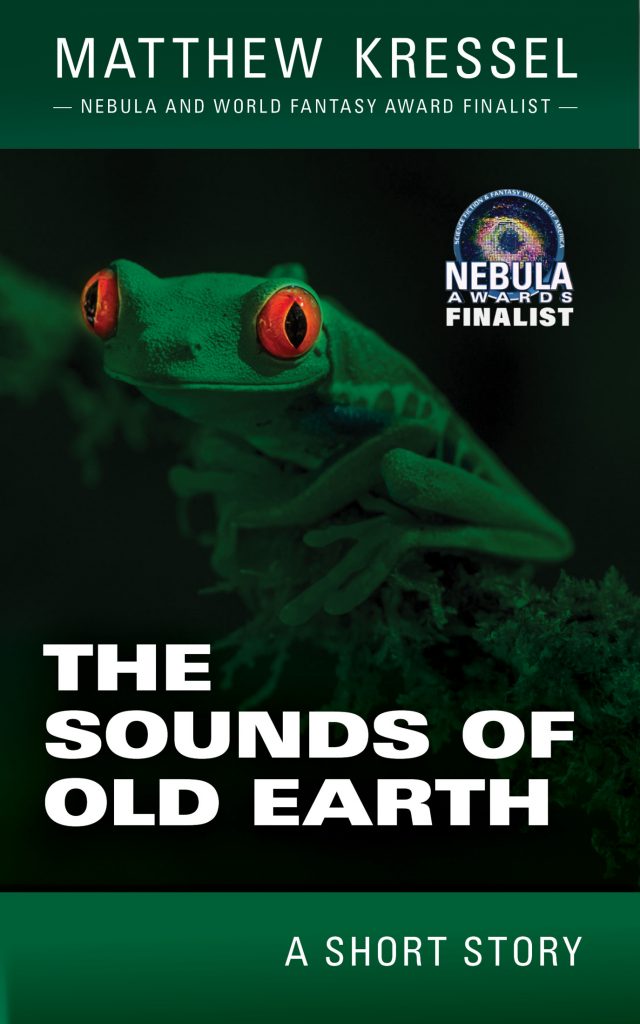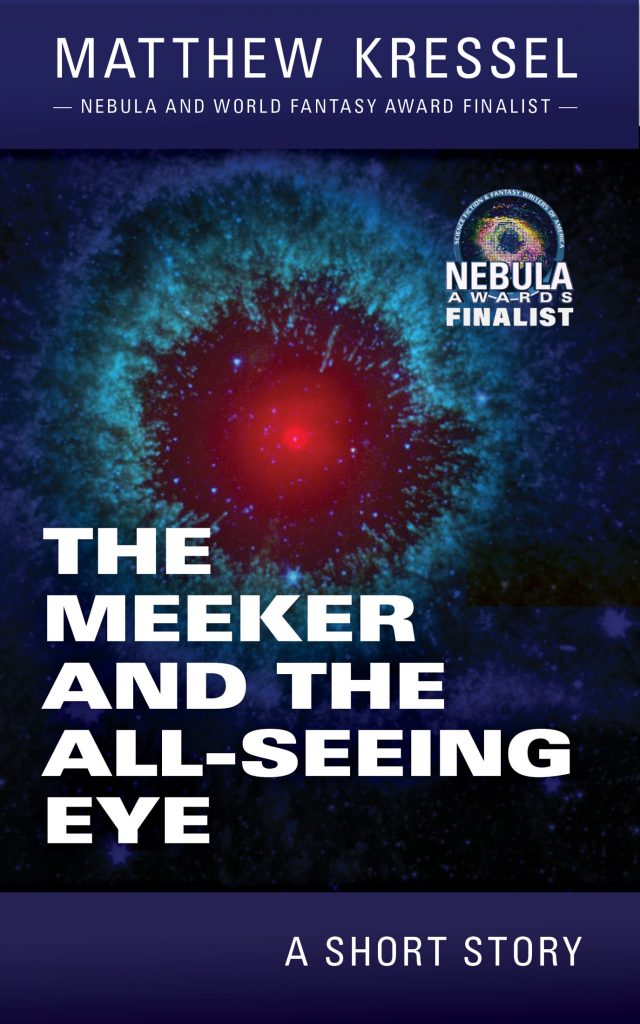To celebrate the October 13th release of my forthcoming debut novel, King of Shards, I will be featuring one new blog entry a day about a different Judaic myth for 36 days. Today’s entry is on The Golem of Prague.
Day 24: The Golem of Prague
In late 16th century Prague, Jews suffered often from the blood libel, the false accusation that they used the blood of Christian children for the Passover unleavened bread. Because of this false accusation, there were many pogroms, or murderous attacks against the Jewish communities. Rabbi Judah Loew ben Bezalel worried for his community night and day. He prayed to God how he might protect his people. In his dream, he learned how to construct a golem out of clay, a creation that would defend the Jews of Prague from harm.
On the 20th day of the month of Adar in the year 5340 (1580 in the new calendar), he went down to the Vltava river with his student and his son-in-law and there performed the ritual to make a man out of clay. They walked around the clay figure seven times, while reciting secret verses he had learned in his dream. He placed in its mouth a piece of paper upon which was written a shem, one of the secret holy names of God. When he did this, the golem glowed and came to life, opening his eyes. They dressed him to look like a poor man, and Rabbi Loew instructed him that he must obey all his commands. The golem could not speak, and so he named the golem Joseph, who they sometimes called Yossele. The golem could make himself invisible and summon the spirits of the dead.
And so when the locals came to attack the Jews of Prague, the golem fought them off with great strength. And for many weeks, the pogroms ceased. Rabbi Loew was pleased. He knew he could use his creation to protect the Jewish community any day of the week. But never on the Sabbath, for that is the holy day of rest, when all work is forbidden. Before the Sabbath, Rabbi Loew would remove the shem from the golem’s mouth to deactivate him, and Yossele would collapse into a lifeless body until Sabbath ended and Rabbi Loew could return the shem to Yossele’s mouth. But one Sabbath, Rabbi Loew forgot to remove the shem. The golem thus broke the Sabbath laws and because he was animated through divine magic, he became an abomination. He thrashed about on a violent rampage and hurt and killed many people, both Jews and Christians, before Rabbi Loew was able to remove the shem from his mouth. The golem collapsed, but the damage was done. Rabbi Loew decided the risk was too great.
He placed the golem in the attic genizah, or storage location, of the Old New Synagogue in Prague and hoped he’d never need to use its dreaded power again. Yossele’s body still remains there today. It is said that children who enter the attic of the synagogue fall into a deep sleep and cannot be awakened until taken back down, and that adults who are brave enough to venture up into the attic are overcome with great terror, and feel the need to leave the place and never speak of it again.
The Myth’s Origins
The word golem comes from Psalm 139 and means an “unshaped form,” which refers to the human creature as being unfinished in God’s eyes. Genesis 2:7 says, “Then the Lord God formed man of the dust of the ground, and breathed into his nostrils the breath of life; and man became a living soul.” In the Talmud, Tractate Sanhedrin 38b, Adam, the first human, is described as being a golem until God breathes life into him. In the Middle Ages, the Sefer Yetzirah, or Book of Formation, a Kabbalistic text, was studied for the secret to create a golem. But the earliest known account of how to create a golem is found in Sodei Razayya, a book by Eleazar ben Judah of Worms of the late 12th and early 13th century.
Most of the modern versions of the myth of the Golem of Prague come from the Niflaot Maharal, a book published in 1909 by Rabbi Yudel Rosenberg. Maharal was another name for Rabbi Loew, and Rosenberg’s book summarized many of the written and oral tales of the golem. Another famous version of the myth comes from The Brothers Grimm in their 1808 book Journal for Hermits. Their version of the tale describes not a “shem,” or strip of paper with God’s holy name written upon it, but the word emet, אמת, “truth” in Hebrew, inscribed on the golem’s forehead. Wipe away the first letter aleph, א, and the word becomes “dead”, met מת, thus killing the creature.
The late Rabbi Menachem Mendel Schneerson (who some Hasidic Jews believe was the promised Messiah) asked his father-in-law, Rabbi Yosef, what he’d seen when he ventured up into the attic of the Old New Synagogue in Prague, where the golem supposedly is stored. Rabbi Yosef, however, would not speak of it. But his daughter recounts that her father told her he saw the “form of a man wrapped up and covered. The body was lying on its side.”
Many Hasidic Jews still believe that Rabbi Judah Loew did in fact create a golem, though there is no evidence of a creature in the still extant Old New Synagogue.
There are a trilogy of German silent films exploring the myth beginning with The Golem (1915), followed by The Golem and the Dancing Girl (1917), and finally The Golem: How He Came into the World (1920).
Some Thoughts on the Myth
It is perhaps the most well known of the Jewish myths, the story of the golem, especially Rabbi Loew’s one of Prague. The story predates Shelly’s Frankenstein by hundreds of years, and Shelly’s dark tale follows a similar narrative structure. A man creates a living being from lifeless material and animates it back to life. The being begins under the control of his master, but because of a various moral lapses on the part of his creator, the master loses control of his creation. The creation, frustrated, angry, alone, goes on a violent rampage. It’s interesting to note that in versions of the golem tale, as in the Frankenstein story, the monster falls in love, only to be scorned.
In Shelly’s work, the Rabbi’s magic has transformed into Dr. Frankenstein’s science, but the plot is the same. And we have a similar narratives happening in today’s tales. There are those who believe in the Singularity, the supposed point at which machine “intelligence” will surpass human intelligence and thus accelerate magnitudes beyond what we can understand or control. And in many of these tales, this Singularity doesn’t always have our best interests at heart. In other words, it might destroy us, or keep us as its pet. Stanley Kubrick’s and Arthur C. Clarke’s 2001: A Space Odyssey share similar themes. Hal 9000 is a golem, a being created by humans who eventually grows beyond his servitude to violently rebel against his creator. Even Star Trek’s Data is a type of golem, evolving beyond his inanimate form, seeking freedom from his bondage as a “robot.” This theme is echoed again and again in modern times. The replicants in Blade Runner, the Cylons in Battlestar Galactica. All golems. All seek to break free of the limitations their creator placed upon them.
In the older stories, the golem is subdued. In the more modern ones, the golem destroys its master. So if in our modern stories, our golems eventually rebel against their creator, then what about the notion that we are God’s creations? If we are God’s “golems,” what does that say about humanity in that in our recent stories the golems rebel against, seek to surpass, and oftentimes destroy their masters? This to me, I think, suggests a growing trend of dissatisfaction toward traditional belief systems and their cumbersome rules and laws. That these golems in our tales are often seen as evil (though sometimes they are presented as just supremely misguided) suggests that we are not quite comfortable with our rebellion against God.
Tomorrow’s Myth: Sheol, the Underworld
